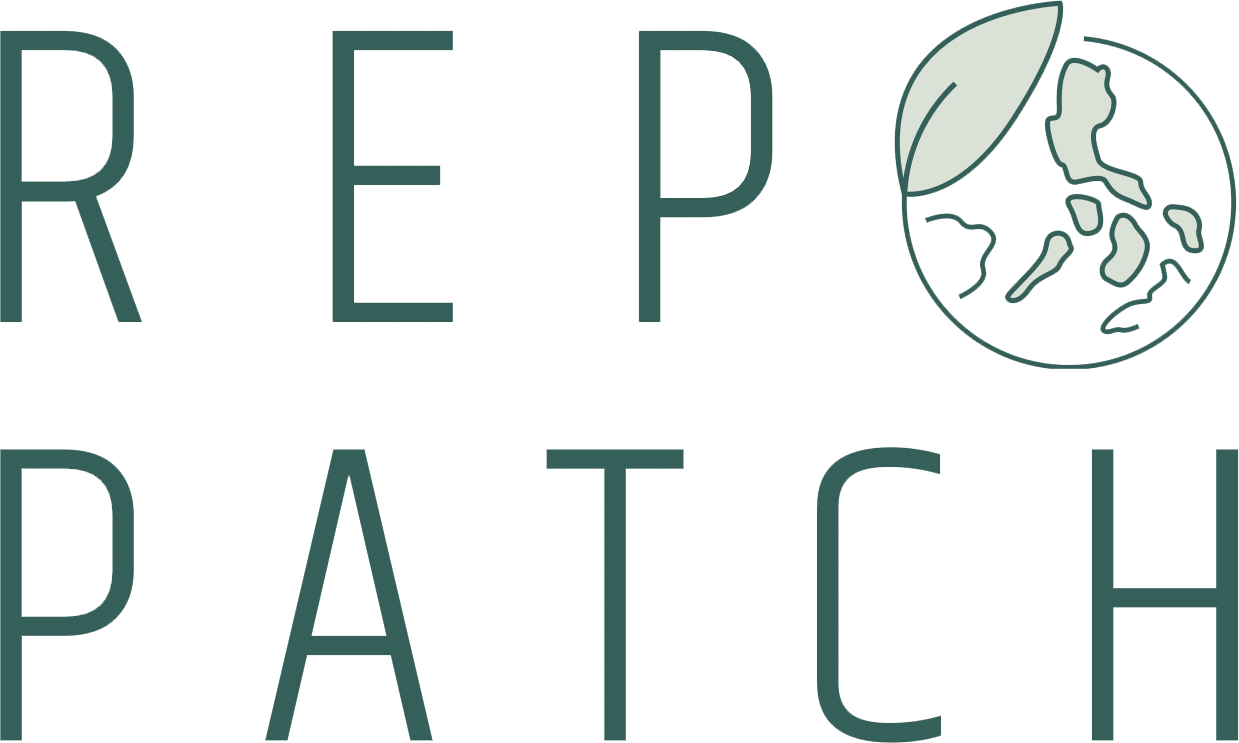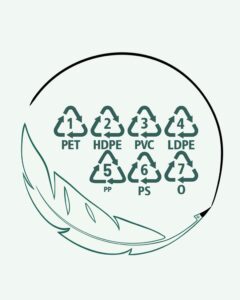I think disposable is one of the biggest problems of our age as ‘disposable’ products. Was it always like this? It definitely wasn’t. I don’t need to go far back, to my childhood. At that time, there was a yellow swab with which we wiped the table after dinner. What happened to the yellow swab? It was replaced by disposable wet wipes. What triggered me to write this blog; disposable pots I see on social media. A user shared a product whose disposable raw material resembles aluminum foil, but looks like a regular pot and even has a lid, and wrote, “Will pots disappear from our lives?” Incredible busywork! There is just one pot left that was not disposable.
It is impossible not to criticize this disposable industry. Forks, plates, spoons, pots… There are so many disposable products in our lives and most of them are plastic. I came across a headline on Anadolu Agency’s website: “Only 9% of plastic waste worldwide can be recycled.” What is the sad end of disposable products? Garbage… Of course it is garbage. Afterwards, a thousand problems; climate crisis, global warming, environmental pollution… So why are we so fond of these disposable products? Do these products make our lives easier or make us lazy? We need to stop and think here. I can’t stop going back to the past again. Where does this disposable habit come from when we have the ‘genetic codes’ of ancestors who bought a product and even produced it themselves and used it for years? I think developing technology and changing world order push us to this. Unfortunately, the rapid industrialization of everything after the industrial revolution and the point we have reached today are not good for the world. This, at certain points, contradicts the three main headings of sustainability, which is an inevitable issue for future generations. Let’s not forget that fast production always brings fast consumption.
I thought about which product group disposable products are sold the most in, or in other words, there is demand, and I saw that they are mostly used in the food industry. I usually try to form an opinion by searching the keywords of the subject I am curious about in a browser. Of course, I made a search for ‘disposable’. There is an incredible market. Disposable gloves, masks, goblets, glasses… Speaking of cups, I should not forget to point out that the product group we know as paper cups contains plastic. It is used inside to prevent leakage.
Raw Materials of Disposable Products
Most disposable products are plastic. It can be produced easily and cheaply. Now you may say that it turns into plastic or we separate it and throw it away. Well, what transformation process did you witness? I cannot deny that the plastic industry is very advanced, but how much can we transform a raw material that does not disappear? Plastic makes up 60% to 80% of marine litter. It is estimated that approximately 100 to 150 million tons of plastic garbage are floating in the oceans and seas. Another 6.5 million tons are added to this every year. These data should direct us to conscious consumption.
On the other hand, why are organic and sustainable products sold at higher prices than the market? So can those who can pay more use sustainable products? This is not a luxury but a necessity. However, in today’s industry, even sustainable products are developed as a sales and marketing project…
Another brand I complain about for disposable use is ‘Pisir‘, I couldn’t believe it when I saw its advertisement for the first time. With such an environmental pollution agenda, how can the ready-made ingredients for a portion or how many portions of the product be packaged one by one and such a project put on sale? Brand concept; Each element of the meal you choose is packaged separately in sufficient quantities. When you order, all the necessary ingredients come in a box and you just need to open the packages and add them to the pot. Is this a convenience service? It’s definitely debatable… The point I’m criticizing here is not the food. Exactly, each product is packaged separately and perhaps a meal containing twenty products results in twenty pieces of packaging waste. In innovative approaches, we should not ignore sustainable methods and take the realities of the future into consideration.
In conclusion, I’m sure we all have disposable products in our lives. How environmentally friendly is the disposable philosophy? Considering all this, I invite everyone to conscious consumption.







